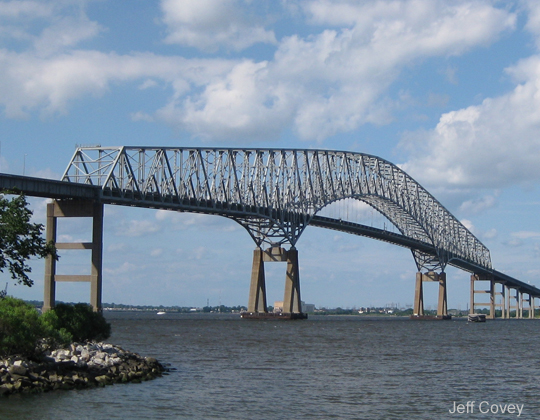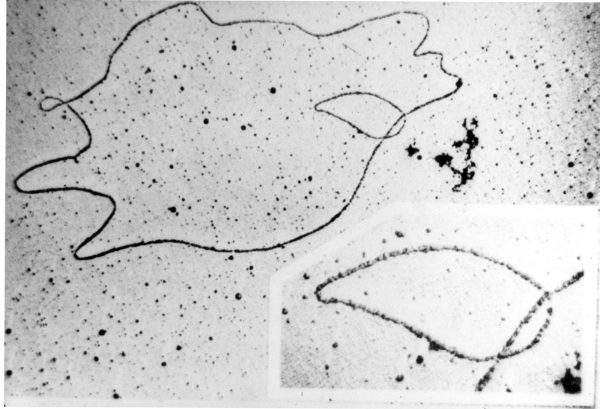SeaWorld to Close San Diego Orca Display

Photo Credits: Listverse.com
December 1, 2015
Following controversy surrounding the killer whale entertainment display, especially after the documentary Blackfish in 2013, SeaWorld San Diego has promised to close its orca show, replacing it instead with a more naturalized habitat with a focus on conservation.
Since February of 1991, when the first death caused directly by interaction with the orcas occurred, defenders of the whales have protested the treatment of the orca in the SeaWorld setting. The 20th of February in 1991 marks the death of Keltie Byrne, after being thrashed around and drowned by arguably the most famous of SeaWorld’s killer whales, Tilikum, as well as Haida II and Nootka IV.
Using ocean life as entertainment has been a successful business since the 60s. The other exhibits in SeaWorld gain plenty of attention, but as the largest creatures in the park, the orcas are certainly the most famous. Many argue that the whales are mistreated by being forced to live in the comparatively small water tanks, as opposed to the wide-open ocean.
A smaller tank not only limits the motion and freedom of the beasts, but it also facilitates aggressive behavior. In the case of the aforementioned
Tilikum, he lived at the bottom of the social order. Though female, Haida II and Nootka IV acted very aggressive towards Tilikum, often forcing him to swim into the even smaller medical pool, PBS Frontline reports. This is only one example; many other orcas have displayed aggressive behavior to both each other and their trainers.
Tilikum has been involved in two more deaths since 1991; the first in July of 1999, when a man named Daniel Dukes slipped past park security after hours to swim with the whales. In the morning, his dead body was found with many wounds, abrasions, and contusions, and no drugs or alcohol present in his system. More recently, he was involved in the death of Dawn Brancheau, a 40-year-old trainer, who died of extreme blunt trauma, compromising wounds, and severe fractures over much of her body.
SeaWorld historically blames human error for these accidents, claiming that the trainers broke hair codes by having hair down, or other such frivolous defenses. While SeaWorld cannot be blamed for the behavior of the whales themselves, there is clear evidence that the living conditions of the orcas has produced such aggressive behavior.
Although SeaWorld promises to cease the shows in their current iteration, it is not out of the question for the next version to be wholly similar to the current condition. Hopefully, we can learn from our mistakes and prevent more needless deaths involved with these intelligent-but-dangerous fish.











